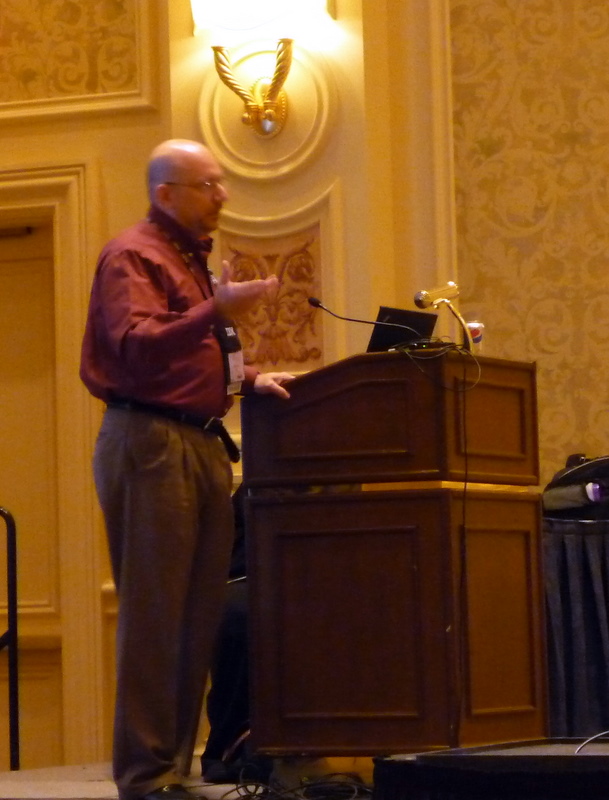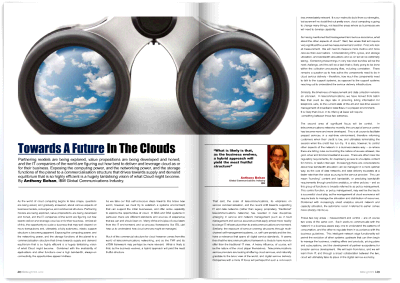Originally posted on 29Jun10 to IBM Developerworks (10,979 Views)
I was looking at where some of the traffic for this blog comes from this morning. Someone had used Google to search for “ibm sdp cloud” which I am glad to say yielded this blog as the third and forth results. Above Telco Talk in the results was a post from 2005 from fellow MyDeveloperworks blogger Bobby Woolf with his post What is in RAD 6.0 – which is interesting in that the post wasn’t about Service Delivery Platforms and the term “SDP” is only mentioned in the comments on the post, yet it rated higher in Google’s index than my posts which have been about cloud, SDPs or both! That’s another conversation though…
The thing that really caught my attention was a new whitepaper form IBM on Smarter Homes. This has been an ongoing area of interest for me for a few years now. This new whitepaper “The IBM vision of a smarter home enabled by cloud technology” is interesting – it talks about some of the concepts that I have seen coming over the past few years, but it also introduces the concept of Cloud based services providers as the key enabler outside the home to enable smarter home to deliver on their lofty promises. In the introduction of the whitepaper, it states:
A common services delivery platform based on industry standards supports cooperative interconnection and creation of new services. Implementation inside the cloud delivers quick development of services at lower cost, with shorter time to market, facilitating rapid experimentation and improvement. The emergence of cloud computing, Web services and service-oriented architecture (SOA), together with new standards, is the key that will open up the field for the new smarter home services.
Excerpt from “The IBM vision of a smarter home enabled by cloud technology”
The dependence on external networks (from our homes) and external Communications Service Providers presents an opportunity for them to provide much more than just the pipe to the house. This is an area that some Telcos are trying to tap into already. Here in Australia, Telstra have recently introduced a home based smart device called the T-Hub which is intended to arrest some of the decline in homes installing or keeping land line phones (in Australia, more and more homes are buying a naked DSL or Hybrid Fibre Coax (HCF) service for Internet and using mobile phones for voice calls and not having a home phone service at all). I recently cancelled my Telstra Home Phone service, so I cannot buy one of the T-Hubs and apparently it won’t work with my home phone service via my HCF connection. It is an intriguing idea though. I find myself wondering if Telstra’s toe in the Smarter Home pond is too little too late. For years, in Telstra’s Innovation Centres (one in Melbourne and one in Sydney) they had standing demonstrations of smarter home technology (I think the previous Telstra CEO, Sol Tujilllo closed them down). I even helped to install a Smarter Healthcare demo at the Sydney Telstra Innovation Centre a few years ago (more on that later) and their demos were every bit as good as the demos that IBM has at the Austin (Texas, USA) and LaGaude (France) Telecom Solutions Labs.
Further into the whitepaper, when talking about Cloud based Service Delivery Platforms (pp 10) there is a nice summary of why a Telco would consider a cloud deployment of their SDP:
An SDP in the cloud supports the expansion of the services scope by enabling new services in existing markets and by expanding existing services into new markets with minimum risk. By exposing standard service interfaces in the network, it enables third parties to integrate their services quickly, or to build new services based on the service components provided in the SDP. This creates the opportunity for new business models, for instance, for media distribution and advertising throughout multiple delivery scenarios.
I think this illustrates what all Telcos should be thinking about – the agility needed to compete in today’s marketplace. Cloud is one way to enhance that agility but also adds elasticity – the ability to grow and shrink as the market demands grow and shrink. Sorry for rambling a bit there… some semi-random thoughts kept popping up when talking about Smarter homes and Telcos. Anyway, I would encourage you to have a read of the whitepaper for yourself. It’s available via slideshare:
Disclaimer: I own a small number of shares in Telstra Corp.



